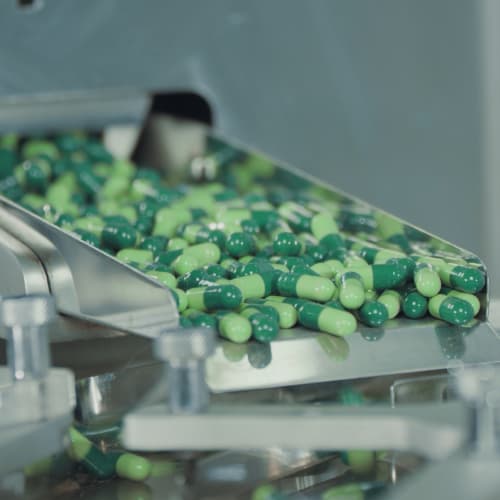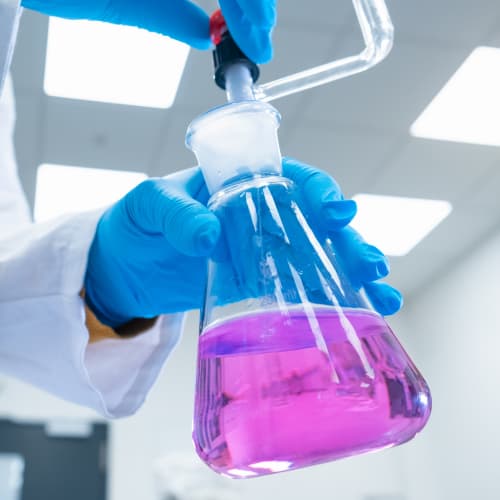Rationale for Leachable Testing and Establishment of Limits
The materials and processes involved in medical device manufacturing may include leachable substances, which can be hazardous to patients and users in the course of operation of the medical device. Leachables may be introduced into the body through a number of different routes, depending upon the device in question and the way in which it is used. Potential routes of introduction include ingestion, inhalation, skin absorption, direct administration, and more.
The limits and standards defined by ISO 10993 Part 17 are intended to quantify acceptable risk levels as compared with the potential benefits of medical devices, with the ultimate intention of preventing equipment and materials with unacceptable risk levels from interacting with end users.
Because medical devices may be placed into different categories based on their expected duration of use, each leachable substance may have a corresponding acceptable limit: a short-term limit, a prolonged-use limit, and a lifetime limit. These limits may also be used in conjunction with limits as defined by routes of exposure as defined in ISO 10993-1.

